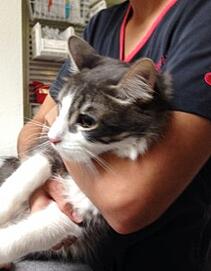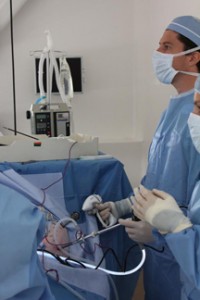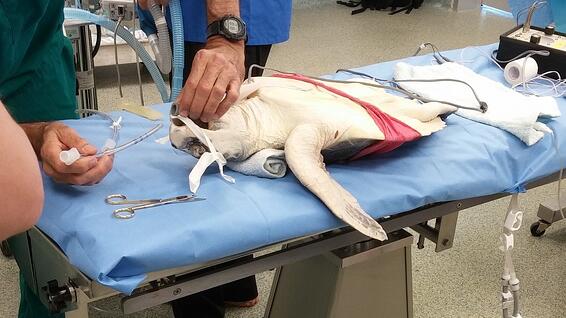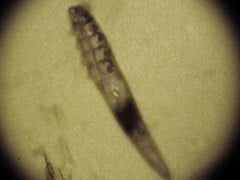In the recent JAVMA May 2015, there was an article regarding what is listed on the pet food label and what is actually in the food when tested. I was a bit shocked by the findings, however I am not surprised that there may be some degree of cross-contamination in pet food facilities (much like the label on human foods that states "made in a facility that processes peanuts.")
However, according to the JAVMA article, "about 40 percent of dog and cat foods tested in a recent study (Food Control 2015; 50: 9-17), may have contained meats different from those listed on the product labels." WOW! 40 percent is a huge number! The tests conducted by this study were based on DNA results of the animal products found in the pet foods. Another reference was published by Laura Allred, PhD, who showed in her 2012 study that via ELISA testing 10 out of 21 commercial dog foods contained species that were not declared on the label or WERE MISSING SPECIES THAT WERE DECLARED! That's right, that bag of dog food with chicken listed as the second ingredient may not even contain any chicken. To me, that is by far the worst.
Read More












